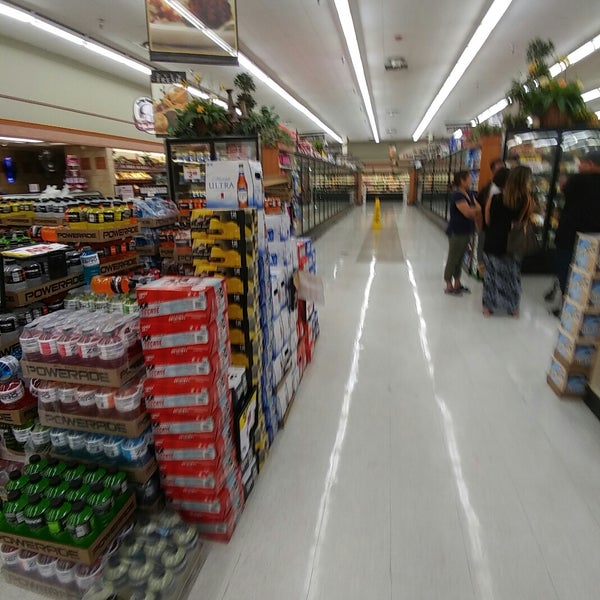

Being more convenient is the main reason customers prefer Grocery over a Mass retailer, followed by the quality of the products they want to buy.” “Other aspects of this research reinforce that grocery customers shop regional grocers for different reasons than big-box mass retailers like Target or Walmart. “Grocery customers don’t want to pay more than they must, and the explicit fees that come with online delivery are a big speed bump,” said Sylvain Perrier, president and CEO, Mercatus.
Stater bros. markets windows#
When offered a variable fee that scaled down as the time to delivery was extended, the share of shoppers that selected delivery within the 30-to-60 minute and 1-to-3-hour windows declined by more than half, and over 40% of customers selected to receive the order next day or longer. When presented with a fixed fee of $9.95 for a large order (>$100), over 30% of customers selected to receive their order within 30 to 60 minutes, and more than 40% of customers selected to receive it within 1 to 3 hours fewer than 10% opted for the next day or later. This advertisement has not loaded yet, but your article continues below. Today most customers only need to choose when they’d like to receive their order as the delivery fee at that point is usually fixed but the research found there is an opportunity for grocers to challenge that practice and consider a variable fee approach based on when a customer would like to receive the order. “This makes sense, because accurately perceiving differences in product pricing online versus in-store, even with known value items, requires more effort on the customer’s part.” “These findings reinforce the idea that customers are more sensitive to the added service costs that they can plainly see,” said David Bishop, partner at Brick Meets Click. Only one in seven households (14%) cited “the products are more expensive online than in the store” as a reason for not using a delivery service. 53%), while the desire to avoid paying the service-related costs was the same across all age cohorts. Among those households that chose not to use a grocery delivery service, the top two reasons tied at 62% respectively between “I like to select my own fruits and vegetables” and “I do not want to pay for the extra charges, fees, and tips.” The oldest customer group (>60) was significantly more concerned with picking their own produce versus younger shoppers (75% vs. households used an online grocery delivery service during the prior month. The new shopper behavior research from Mercatus documented that one in five U.S. “These incremental costs, including delivery fees, shopper service charges, fuel surcharges, and even a very modest tip, are some of the last things customers view during the checkout stage, and they can add $20 or more to the bill.” “If you are a grocery delivery customer – especially one using a third-party marketplace – it’s understandable that you may want to find ways to pay less given inflation’s impact on purchasing power,” Mark Fairhurst, VP Marketing at Mercatus mentioned. The next issue of Financial Post Top Stories will soon be in your inbox. If you don't see it, please check your junk folder.


 0 kommentar(er)
0 kommentar(er)
